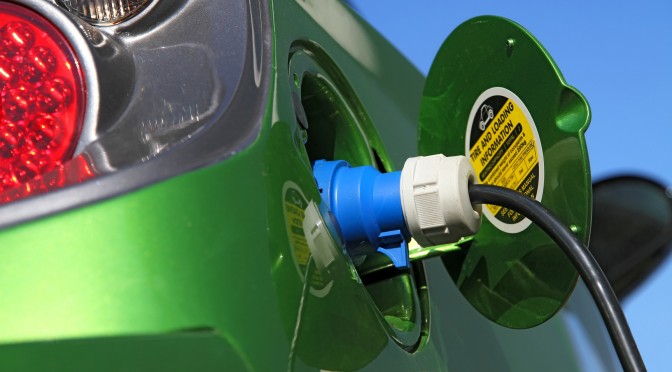The German Aerospace Center (Deutsches Zentrum für Luft- und Raumfahrt; DLR) teamed up with the Wuppertal Institute for Climate, Environment and Energy (Wuppertal Institut für Klima, Umwelt, Energie GmbH; WI) in the STROMbegleitung (electricity evaluation) study to analyse technologies, outlook and life-cycle assessments for electrically-powered transport. The study comprehensively charts current progress in technology, identifies trends, and analyses life cycle assessments for a variety of vehicle concepts. At the same time, it places German activities in the field of electromobility within an international context. The research programme received a 1.7 million euro grant from the German Federal Ministry of Education and Research (Bundesministerium für Bildung und Forschung; BMBF) as part of the STROM support programme (key technologies for electromobility).
Vehicle concepts and technologies
Within the study, the DLR scientists developed a database to record all electric passenger vehicles, which they analysed down to the component level – including series vehicles already in production, prototypes and research vehicles. They counted over 500 electric passenger vehicle concepts worldwide in the period from 2000 to 2013. At the moment, the automobile industry in Japan and the United States is pioneering the development of marketable vehicle models; they also produce the highest-selling models on the market. 210,000 vehicles with an external capacity to charge the battery (plug-in hybrids and battery-powered electric vehicles) were sold worldwide in 2013 – roughly half of them in the United States, which is currently the largest market.
The study indicates that Germany is lagging behind in the research and development of key technologies, especially in the field of power electronics. Here, Japanese companies in particular are driving technological development. “Power electronics are crucial to electric cars; these components control and direct the flow of energy within the vehicle, and are therefore important elements in any further optimisation of the powertrain. This is why enhanced research into components and materials used in power electronics needs more support here in Germany,” says Matthias Klötzke, study project coordinator at the DLR Institute of Vehicle Concepts in Stuttgart. Klötzke adds that Germany occupies a strong position in terms of assembly and packaging technology as well as system integration, noting that an additional characteristic feature of the electromobility sector in Germany is the close cooperation between research institutions, manufacturers and medium-sized enterprises. This area should also receive additional support. An analysis of ongoing and announced support programmes indicates that Germany already shows the highest levels of investment in research and development within the electromobility sector in Europe.
Rare earth elements and lithium – raw material shortages predicted
Many electric vehicles use permanent magnets based on rare earth elements. These rare magnets exhibit a high energy density and are lighter than magnets made of other materials. The availability of rare earth elements varies greatly; while some are available on the global market from various sources, others are highly dependent on just a few source countries, China in particular. “To expand electromobility, we need to consider alternative motor designs and recycling methods for particularly scarce raw materials, and we have to search for alternative materials,” says Matthias Klötzke.
Lithium ion batteries are currently used in approximately 80 percent of electric vehicles, and therefore represent the dominant technology by far. Batteries installed in electric vehicles will continue to use this technology in future; this creates a situation quite similar to that of rare earth elements. Demand for lithium is reaching a critical level in all scenarios of electromobility considered in the study. Hence, the researchers anticipate a rise in costs and greater levels of pollution in mining operations designed to extract the metal. They recommend continuing the efforts to develop recycling methods for lithium, expanding their application and introducing support programmes to conduct research into alternative battery technologies and energy sources.



